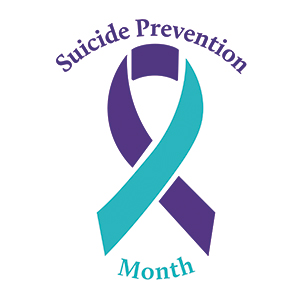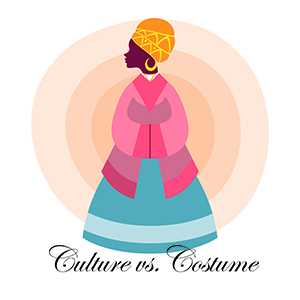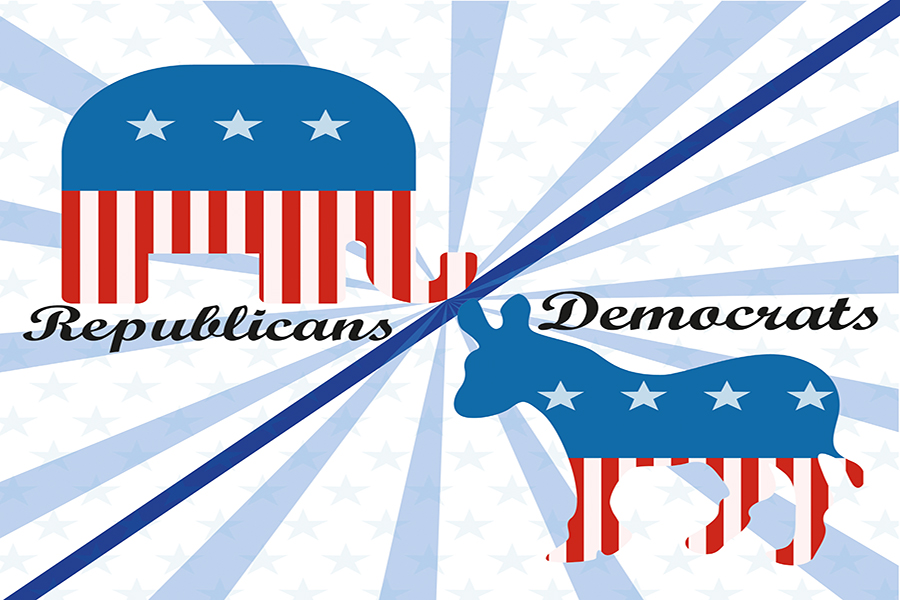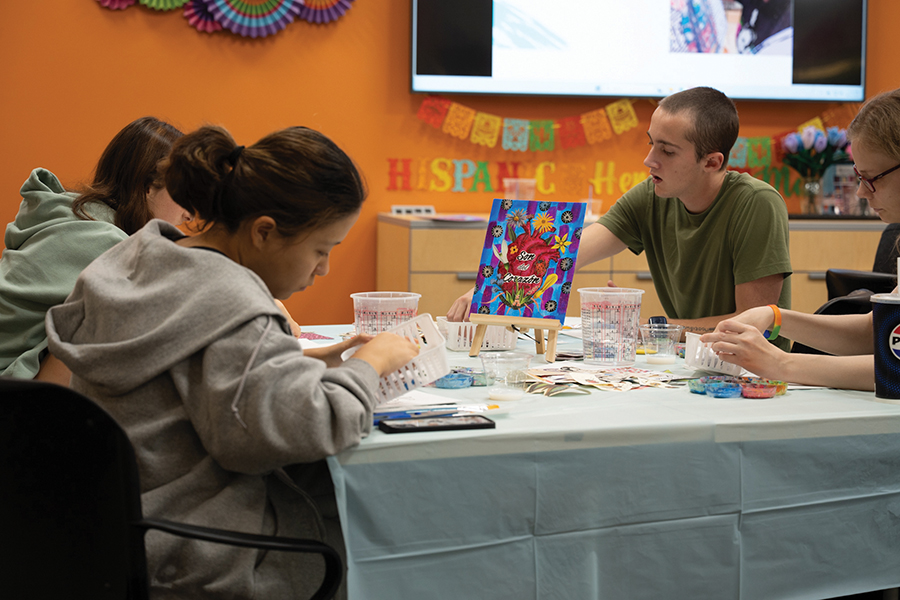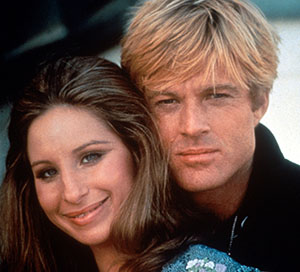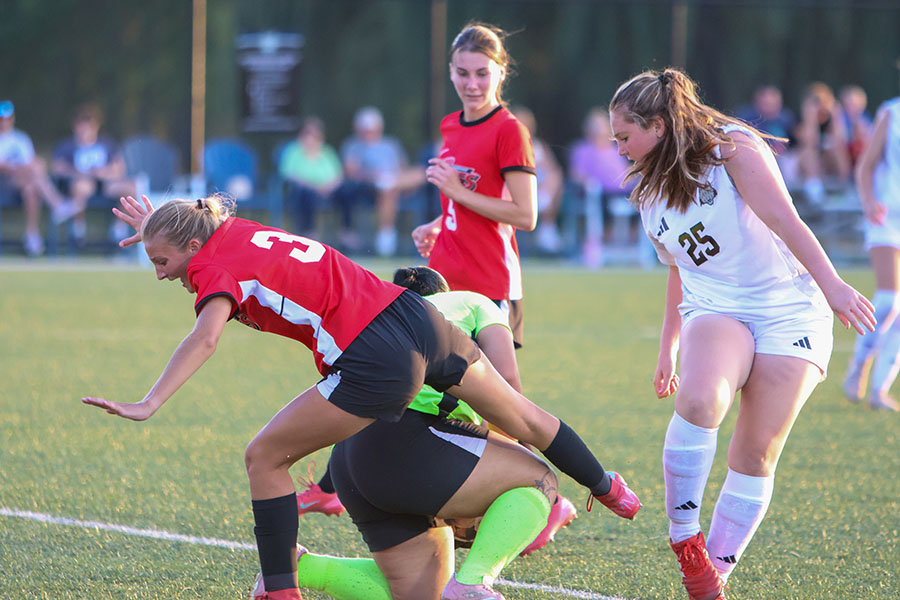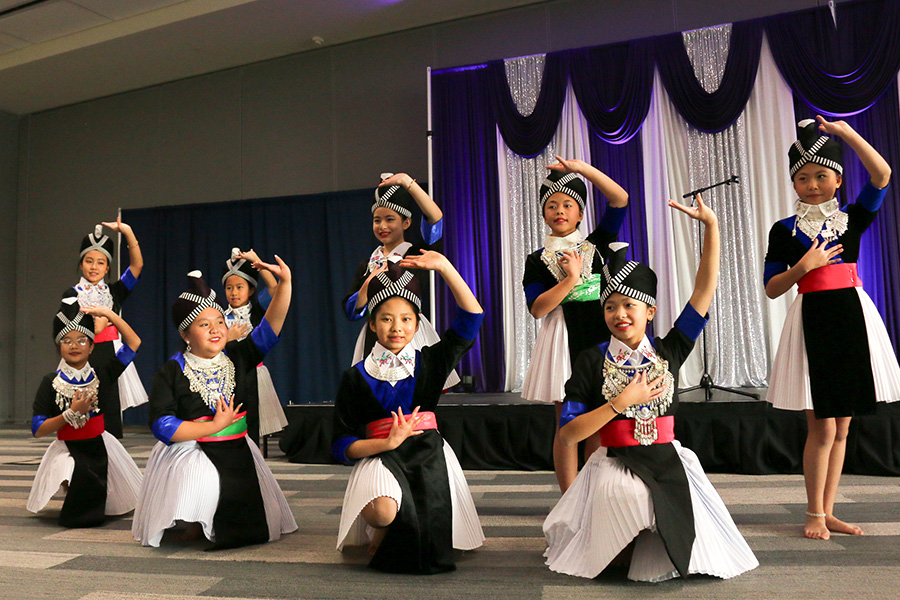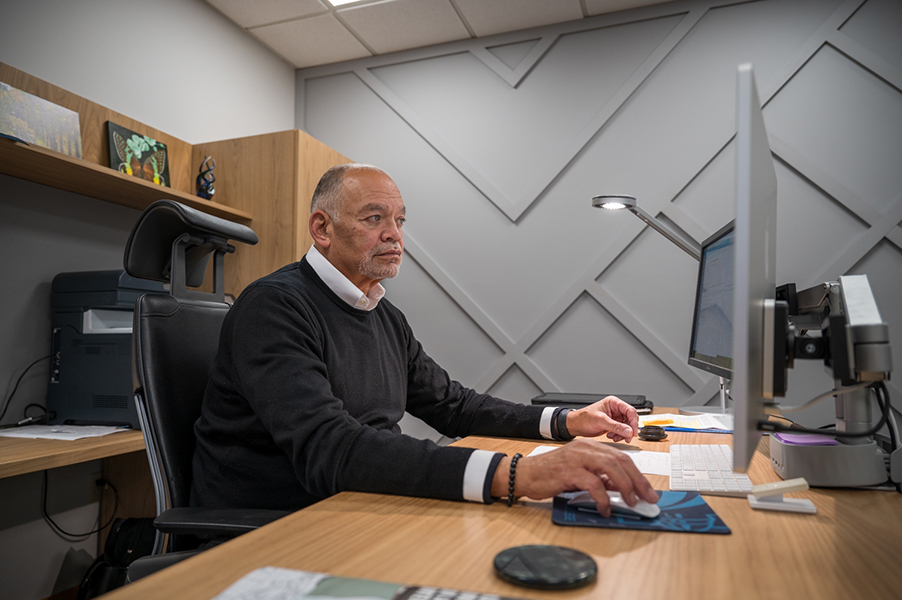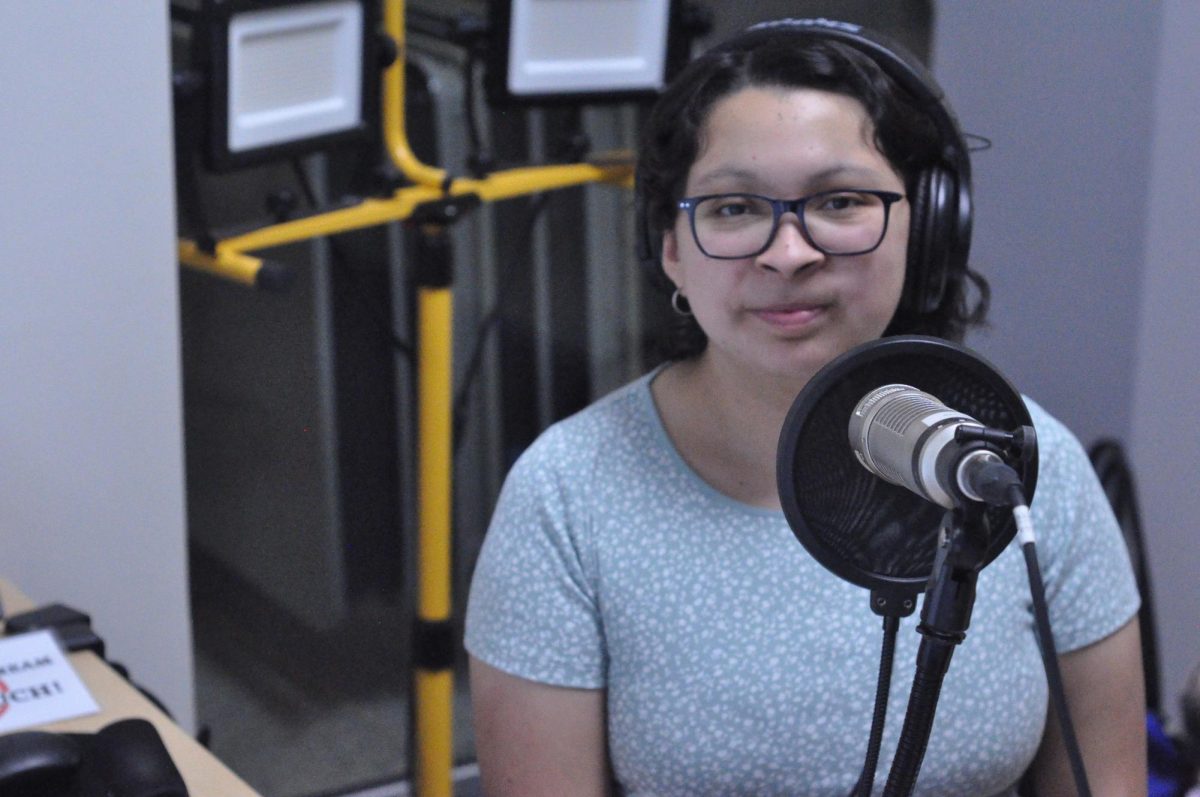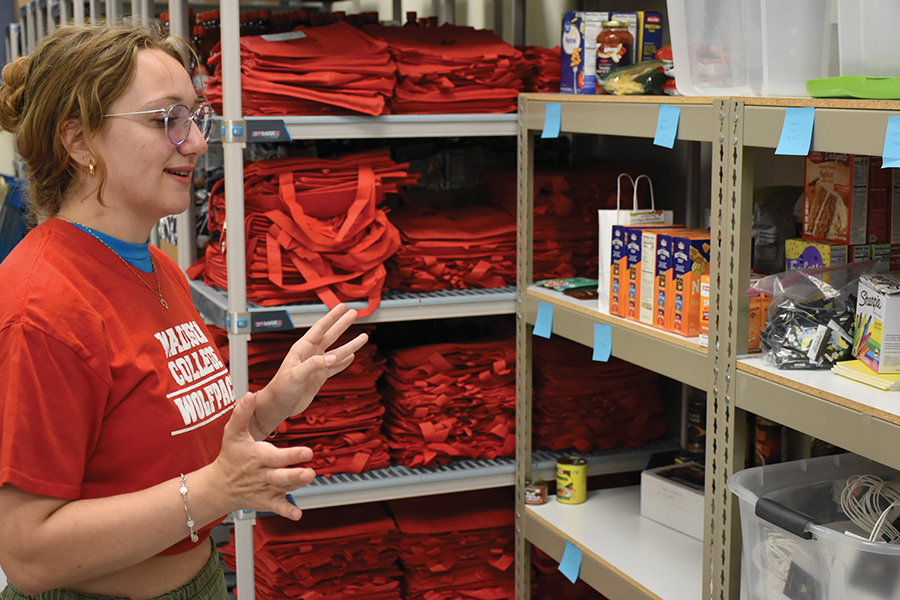In media classrooms, we’re taught about deadlines, ethics and objectivity. But no one prepares you for the reality that being a woman in this industry often means being expected to be seen and not heard. Or worse – be seen just enough, but never so much that you make the men in the room uncomfortable.
There’s a dangerous narrative floating around that sexism in the media is behind us. That we’ve “moved on.” That the battles were fought decades ago, and the war is won. But any woman who has interned in a newsroom, pitched a story to a male editor or tried to negotiate a raise in media management knows that narrative is fiction.
What’s changed isn’t the sexism – it’s the shape of it.
Back in the day, men said the quiet part out loud. Women were told they couldn’t anchor, couldn’t report war zones, couldn’t lead. Today, the discrimination is quieter but just as brutal. It’s in being passed over for leadership because “you’re not quite there yet.” It’s in the colleague who calls your tone “abrasive” while applauding your male counterpart’s “assertiveness.” It’s in being praised for your “attention to detail” but never being invited to big-picture conversations. It’s in the supervisor commenting on how you’re “so quiet” in one breath and telling you you’re “too much” the next.
And then there’s the motherhood tax – and, just as cruelly, the childfree penalty. If you’re a woman in media who chooses to have children, you’re seen as a risk. You might leave. You might want flexibility. You might, heaven forbid, prioritize your family. And if you don’t have children? You’re seen as cold, too career-focused, maybe even – ironically – too much like a man. You can’t win either way.
That double bind is part of a bigger problem: women in media are not allowed to just be. We are constantly having to prove we belong, justify our decisions, manage perceptions. Smile more. Don’t be too ambitious. Be tough – but not too tough. Be competent – but humble. Be confident – but never intimidating.
You know who doesn’t get told to tone it down, or smile more, or “wait their turn?”
Let’s look at the facts. According to the Reuters Institute, only 22% of top editors at major news outlets worldwide are women. That’s in 2022. In many countries, the numbers are far worse. And those stats don’t even begin to account for how few women of color, women in the LGBTQ+ community or women with disabilities are represented in leadership.
The message is clear: we can climb, but only so high. And when we do make it into the room, we better play nice. We better not challenge the status quo too loudly, or we’ll be labeled “difficult,” “aggressive” or “unprofessional.”
Meanwhile, our inboxes fill with harassment if we dare cover politics, social issues, or anything “controversial.” We’re told to “grow thicker skin,” “ignore the trolls” and “be grateful for the platforms we’re given.” But men doing the same work aren’t targeted in the same way—or told to simply endure it.
We’re in journalism because we care about truth. About giving voices to the voiceless. But inside our own industry, voices like mine still get talked over, doubted, second-guessed and sidelined.
This isn’t a call for pity – it’s a call for accountability. Don’t just celebrate “trailblazing” women after the fact. Make room for us now. Trust us with the big stories. Promote us without conditions. Listen to us without filtering for tone. And if you’re a student entering this field, ask yourself: will you challenge the system – or quietly benefit from it?
Sexism in media isn’t vintage. It just has better public relations now. But those of us who live it? We see through the rebrand. And we’re not going anywhere.
The unwritten rule for women in media: Be seen and not heard
Jordan Hake, Contributor
May 6, 2025
Story continues below advertisement





